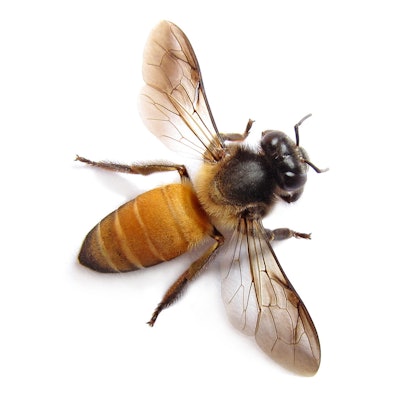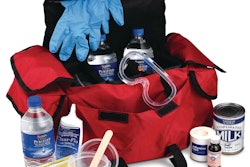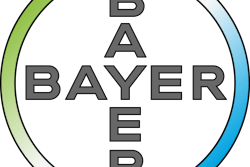
The Natural Resources Defense Council (NRDC) asked a federal court to vacate the registrations of nearly 100 products containing three widely used neonics—acetamiprid, dinotefuran and imidacloprid—until the U.S. Environmental Protection Agency (EPA) complies with its legal obligations under the Endangered Species Act. According to the organization, bees, butterflies, birds and insects across the nation are being harmed by neonic pesticides that the EPA allowed on the market unlawfully.
“EPA ignored endangered bees, butterflies and birds when it approved the widespread use of neonics. Massive pollinator die-offs across the country show that these pesticides cause serious harm to wildlife. It’s time for EPA to do its job and make sure our most vulnerable species are protected from the products it approves,” said Rebecca Riley, a senior attorney with NRDC.
The Endangered Species Act requires the EPA consult with the U.S. Fish and Wildlife Service before pesticides that harm species are registered to ensure threatened and endangered species nationwide are protected from harm. Yet EPA approved hundreds of neonic-containing pesticide products without the required consultation.
The organization says the collapse of bee and other pollinator populations in the last decade is just one consequence of neonic contamination. Neonics are systemic pesticides, meaning that they are distributed through the tissues of the plant, so that the nectar, pollen, and fruit of the plant harbor the pesticide. Because they can persist in soil and water for several years, and are used in high volumes for agriculture and gardening, neonics are ubiquitous in the environment throughout most of the country.
In the complaint filed in the U.S. District Court for the District of Columbia, NRDC identified 26 species harmed by neonic use, including:
- The rusty patched bumble bee, a federally endangered insect pollinator. Its habitat includes portions of Illinois, Indiana, Iowa, Maine, Massachusetts, Minnesota, Ohio, Virginia and Wisconsin. Rusty patched bumblebees collect pollen and nectar, often from flowers in agricultural areas or other areas where neonic products are commonly used.
- The Karner blue butterfly, a federally endangered insect pollinator. Its habitat includes portions of Illinois, Indiana, Michigan, Minnesota, New York, Ohio and Wisconsin, often in predominantly agricultural areas. Karner blue butterflies drink nectar, often from flowers in agricultural areas or other areas where neonic products are commonly used.
- The vernal pool fairy shrimp, a federally threatened freshwater crustacean. Its habitat includes portions of Oregon and California. Vernal pool fairy shrimp live in temporary freshwater pools, and are eaten by birds and amphibians.
- The Hine's emerald dragonfly, a federally endangered aquatic insect. Its habitat includes portions of Illinois, Michigan, Missouri and Wisconsin. Hine’s emerald dragonflies live in water for two to four years during their nymph stage of development, often within wetlands in major agricultural regions.
- The black-capped vireo, a federally endangered bird. Its habitat includes portions of Oklahoma and Texas. The diet of the black-capped vireo consists primarily of insects and other terrestrial invertebrates.
- The pallid sturgeon, a federally endangered freshwater fish. Its habitat includes the portions of the Missouri and Lower Mississippi river basins located in the following states: Arkansas, Iowa, Illinois, Kansas, Kentucky, Louisiana, Mississippi, Missouri, Montana, Nebraska , North Dakota, South Dakota and Tennessee. The diet of the pallid sturgeon includes small aquatic insects, such as mayflies and caddisflies.
NRDC is asking the court to order the EPA to complete the consultations required under the Endangered Species Act without delay and to suspend registrations for almost 100 products containing the three neonics until the EPA complies with the law.



















